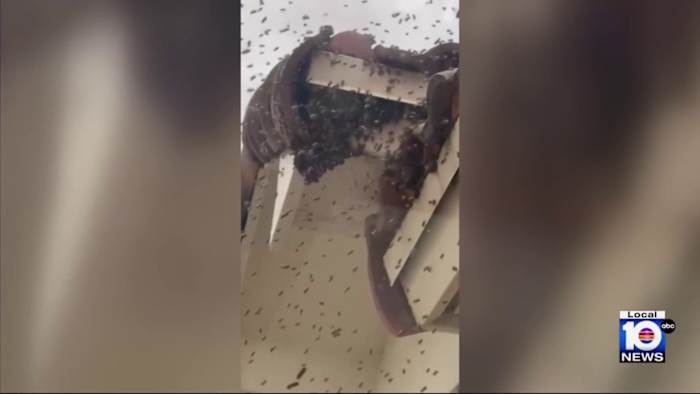Negative
24Serious
Neutral
Optimistic
Positive
- Total News Sources
- 1
- Left
- 0
- Center
- 0
- Right
- 0
- Unrated
- 1
- Last Updated
- 77 days ago
- Bias Distribution
- 100% Unrated


Global Pollinators Face 12 Emerging Threats Including War, Pesticides, Microplastics
Bees and other pollinators face a severe global decline threatening ecosystems and food security, with nearly 90% of flowering plants and 75% of staple crops relying on them. Emerging threats include war-induced monoculture farming, microplastics contaminating hives, light pollution reducing nocturnal pollination, pesticides, and habitat loss. Commercial beekeeping, which removes honey from colonies and promotes managed hives, further harms wild pollinators by competing for resources and spreading disease, accelerating biodiversity loss. Plants have evolved to respond acoustically to specific pollinators by adjusting nectar production, but declining pollinator populations are causing some flowers to evolve toward self-fertilization and reduced nectar production. Efforts to support pollinators include planting bee-friendly flowers like asters to create sanctuaries, as well as systemic policy changes such as stricter regulations, urban rewilding, and bee-friendly solar farms. The alarming 62% bee population decline in the U.S. and unusual cases like a colony nesting in a Royal Mail mailbox highlight the urgency to protect these vital insects.
- Total News Sources
- 1
- Left
- 0
- Center
- 0
- Right
- 0
- Unrated
- 1
- Last Updated
- 77 days ago
- Bias Distribution
- 100% Unrated
Negative
24Serious
Neutral
Optimistic
Positive
Stay in the know
Get the latest news, exclusive insights, and curated content delivered straight to your inbox.

Gift Subscriptions
The perfect gift for understanding
news from all angles.
